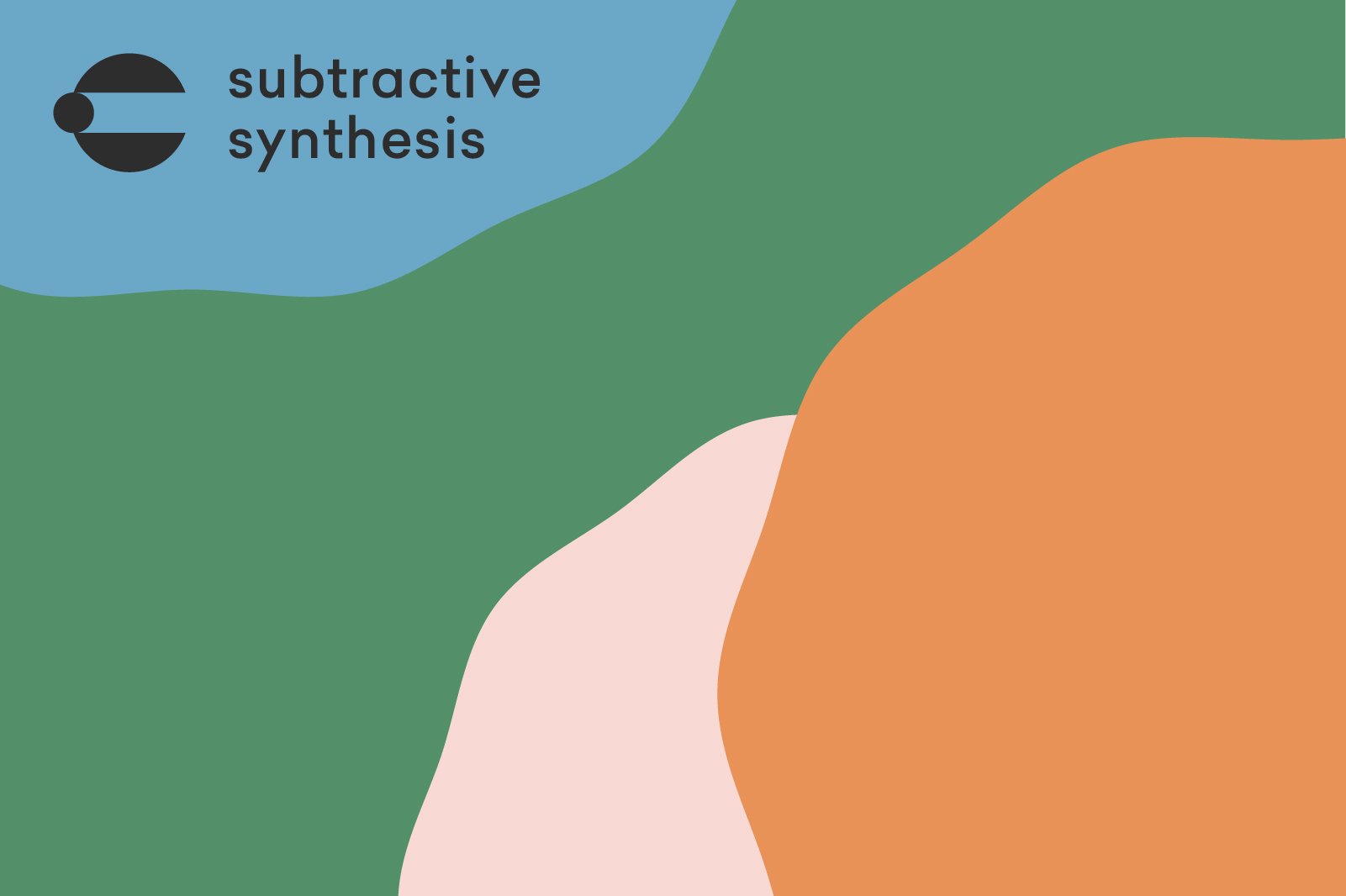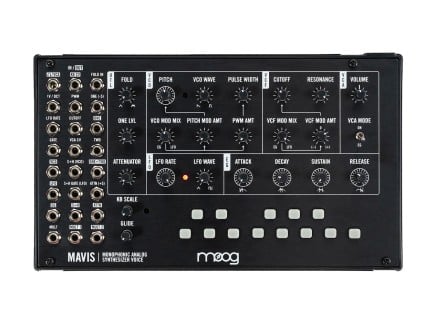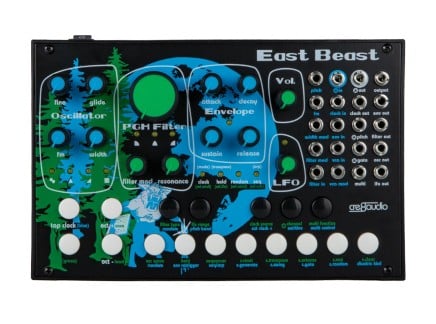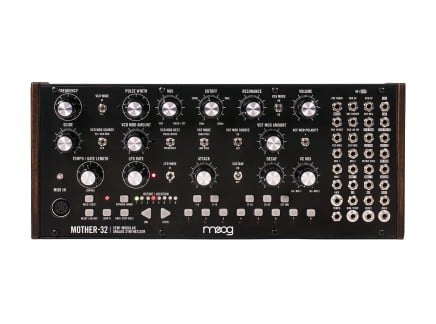The subtractive method of sound synthesis is almost certainly the most ubiquitous synthesis method altogether. It is commonly associated with so-called "East Coast" synthesis, but in fact, this approach is nearly universal. Nearly every synth manufacturer at some point dabbled in making subtractive-style instruments, and indeed, it seems certain that the vast majority of synthesizers follow at least some elements of this approach.
So, what is subtractive synthesis? In short, subtractive synthesis is an approach to sound design (and electronic musical instrument design) that focuses on using filters to sculpt harmonically rich waveforms. This method of sound design is so common that it, for many, seems like the default way a synthesizer should behave—this framework was used as part of the earliest commercial analog synthesizers by Moog and others, and persists to this day.
But things go much deeper than that! If you are wondering about subtractive synthesis, then this article is for you. In the sections below, we will discuss how subtractive synthesis works, where it came from, and what it is good for. Along the way, we will also mention a few notable instruments, vintage and modern, that incorporate it in one way or another, and offer a couple of common patch examples.
What is Subtractive Synthesis?
The principle of operation of subtractive synthesis is revealed in its name. Commonly compared to the process of sculpting from stone, the subtractive method of synthesis entails the creation of new tones by selectively removing frequency content from harmonically rich sound waves.
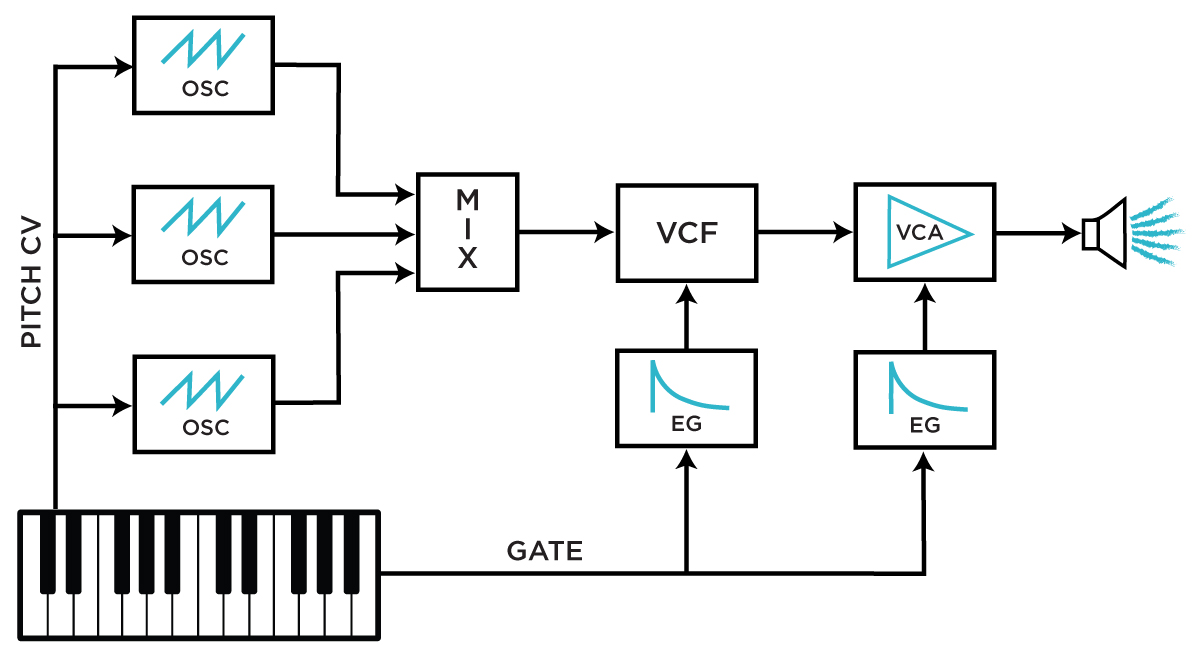
The most basic example of this goes like this: an output of a voltage-controlled oscillator producing a square or sawtooth waveform is passed through a voltage-controlled filter, and then to a voltage-controlled amplifier. The oscillator provides a basic raw sound: usually very bright, buzzy, and rich with harmonic content. The filter then trims this rich waveform to create a more specific/nuanced timbre/tone color, and an amplifier is used to define the overall loudness of the sound. (See the diagram above for an idea of how this might work with multiple oscillators.)
The "sculpting" is managed both manually by adjusting the various sound parameters (pitch, filter cutoff frequency, and so on), and by incorporating modulation signals from envelopes, LFOs, sample-and-hold processors, and so on. In reality, of course, the actual architecture of most subtractive synthesizers is much more nuanced, and varies instrument by instrument. What is essential to understand here is that the filter plays a critical role in defining the final sound, and modifying the filter's cutoff frequency and resonance parameters produces some of the most important, dramatic timbral changes.
Now, since filters are a feature of many synthesizers, you may wonder whether this means that every synthesizer with a filter is inherently subtractive. Yes and no. No, because subtractive synthesis has a specific connotation. It implies a reference to a certain lineage of synthesizer instruments, configured in a particular way—namely, analog synthesizer designs that were dominant throughout the 1970s, and beyond. Yes, because the subtractive approach in itself is universally applicable. It embodies fundamental sound design processes and can be integrated into and combined with other synthesis methods including granular, wavetable, FM, analog modeling, and sampling.
So where does subtractive synthesis actually come from? And more importantly, why did it become so ubiquitous?
Origins of Subtractive Synthesis
It is rather difficult to put a pin at the exact point of origin of the subtractive synthesis method. Filters were an integral part of some of the earliest electronic musical instruments—they were present in both iterations of the iconic RCA synthesizes, and were an essential element in Studio for Electronic Music in Cologne, early designs of a modular synthesizer by Harald Bode, as well as later instruments of similar format created by Robert Moog and Don Buchla.
In essence, it appears that the subtractive approach emerged naturally in the early days of the experimental development of electronic musical instruments. It is important to note that in those days there wasn’t a catalog of approaches to choose from. It was an attempt on the accounts of many inventors to create viable and practical ways to work with electronic sounds.
[Above: image from vintage advertisement for the Moog Minimoog, followed by image from a vintage advertisement for the (more complex) Moog Modular system. Note the more compact form factor and lack of patch points on the Minimoog compared to the modular system.]
Perhaps it makes sense to speculate that subtractive synthesis as a defined method solidified with the advent of the compact and self-sufficient Moog Minimoog—now also commonly known as the Model D. The Minimoog's influence can't be overstated, and its history is quite deep. In short, it was the synthesizer that introduced much of the public to what a synthesizer should sound like, and how it should work. For more on its rich history, we recommend you check out this article…but for now, let's steer back on to a discussion about how it relates to subtractive synthesis, specifically.
The Minimoog was one of the first synthesizers to be sold in retail stores (if not the first), effectively becoming an archetype on which countless future and modern designs would be based. Model D’s architecture comprised a noise generator, three variable-waveform oscillators that could be mixed together for thicker tones or chords (the third oscillator could also function as an LFO), a resonant lowpass filter, and two envelopes, one for loudness, and another for modulating filter frequency. Unlike the big and prohibitively expensive modular synthesizers of the time, Minimoog was portable and significantly cheaper.
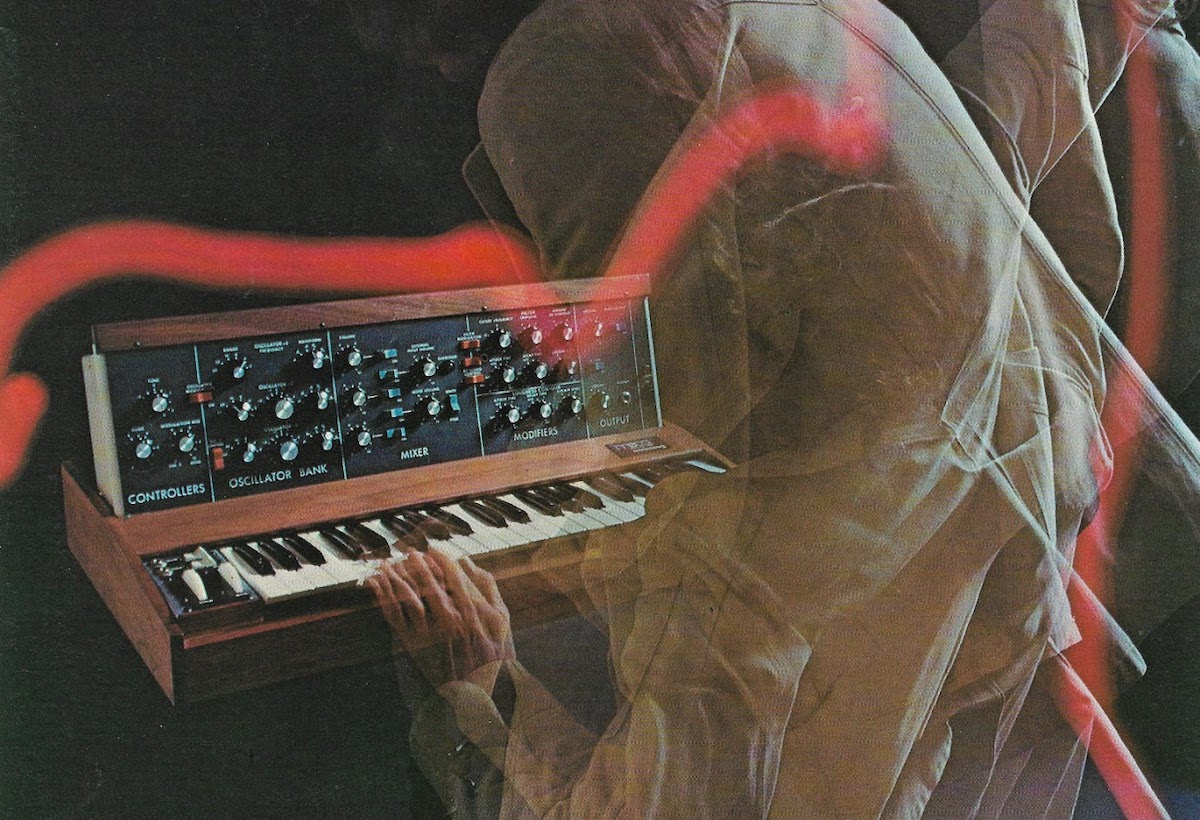
Moreso, it sounded great—and throughout the 1970s more and more artists started to integrate it into their music, and with that, it started to define the quintessential way of working with synthesizers. Though there is much more at work inside the Minimoog than its filter alone, the filter is the center of many of its more striking and expressive techniques...and one of the things that gives it its distinctive sound.
In this way, the Minimoog became the model for future synthesizer designers. After the development and proliferation of the Minimoog, it became clear that having a flexible and distinctive filter was an important part of making making a synthesizer altogether.
It Is All In The Filter
Now, of course, any synthesizer is much more than simply the sum of its individual parts. Not only does the selection of modules, and their particular arrangement on the instrument play a role in defining the character of the synthesizer—but even such nuances as the shape and time of envelope stages are significant.
That said, as discussed above, it wouldn't be an exaggeration to suggest that much of the magic of subtractive-style synthesizers lies in their filters: and in fact, in labeling a synthesizer as "subtractive," we're basically saying that one of the primary aspects of its sound design/performance techniques hinges on the use of its filter. Naturally, this means that "subtractive," "additive," and other terms occupy a somewhat gray area...but it's still interesting to discuss.
The design of the filter quite evidently manifests sonically, and different manufacturers learned to harness this effect to create unique instruments. The aforementioned Model D from Moog wouldn't be the same instrument without its iconic transistor ladder lowpass filter design, and the same is true for a range of other instruments. The acidic lines of Roland's TB-303 hinge on its diode ladder implementation; the strenuously screaming Korg MS-20 wrenches its sonic character out of the Sallen-Key filter architecture; and the lush tones of Sequential's Prophet-5 are derived from integrated circuit-based filter designs by Doug Curtis. All of these instruments (pictured above) have a distinct character which is directly influenced by the particularities of their filter designs.
Although deep knowledge of how filters work and how they differ from each other is not a prerequisite for enjoying and exploring their effects, learning about them is certainly beneficial for understanding why two subtractive synthesizers, despite comprising essentially the same elements, sound substantially different from one another. A detailed discussion of filters clearly falls outside of the scope of this article, but we invite you to learn more about these useful tools in this dedicated article from our Learning Synthesis series.
Subtractive Synthesizers Then & Now
Since its commercial introduction in the late 1960s, subtractive synthesis has become the primary approach taken by many manufacturers—at least up until the 1980s when digital FM, sampling, and other digitally-mediated synthesis methods entered the scene. We have already mentioned a few classic subtractive instruments, but the complete list is rather substantial, and frankly impossible to list here. Other classics include such iconic devices as the ARP 2600 and Odyssey, Steiner-Parker Synthacon, Oberheim OB-Xa and Two-Voice, Roland Jupiter-8, and many, many more.
Interestingly, the emergence of new digital synthesis approaches didn't replace the subtractive method—though they were predominant for a short period of time, subtractive synthesis never really lost its widespread appeal and value, harmoniously integrating into new technological trends decade after decade. In the 1990s and early 2000s, manufacturers started exploring it in the context of virtual analog marking the emergence of Nord Lead, Access Virus, Alesis Ion, and Korg's microKorg (all pictured above), among others.
Even today, a significant number of modern instruments (analog and digital) are centered around this approach. Examples include Moog's flagship powerhouse One, and the semi-modular Matriarch, Dreadbox Typhon, Novation Peak, Korg Monologue, Sequential Trigon-6, Elektron Analog Four, Arturia Microfreak, Norand Mono, and many others.
Pros and Cons
While the popularity of subtractive synthesis certainly has to do with it being embedded in the design of the first synthesizer to reach the wider public, it is not the only thing to contribute to the success of this approach. Objectively speaking, among common modern options, it still offers one of the most, if not the most practical and streamlined frameworks for electronic sound design. Specifically, unlike the additive approach (which indubitably demands a significantly higher count of oscillators) or FM synthesis (with its often complex muti-operator algorithms), the subtractive approach can accomplish quite a lot with just a handful of modules. It is easy to understand, intuitive in operation, and sonically potent.
That said, there are certain sonic realms that may be difficult to access or simply inaccessible by the classic subtractive approach, and other sound synthesis methods would yield better results. For example, electric piano-like sounds are easily handled by digital FM; wavetable and waveshaping methods can yield difficult-to-repeat morphing distorted tones; and additive synthesis altogether has the potential to accurately recreate any sound from the real world. Essentially, every synthesis method presents a unique way of working with sound which, ergo, reflects in the very character of the sounds. Therefore it is important to understand both their potential, and their limitations.
In future articles, we'll tackle additive synthesis, wavetable synthesis, FM, granular synthesis, and more—so stay tuned for additional dives into distinct synthesis methods and how they work.

